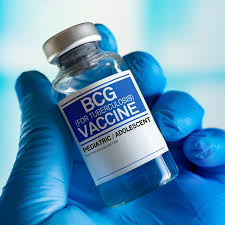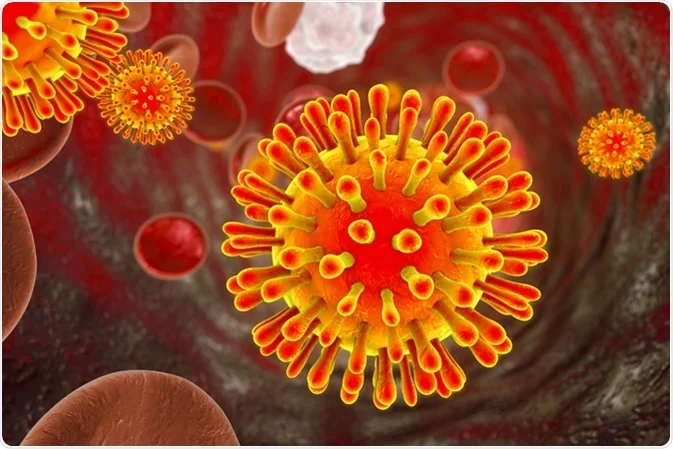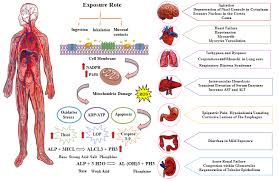
Epidemiology of Diphtheria
According to the World Health Organization (WHO), diphtheria epidemics remain a health threat in developing countries. The expected mortality rate for diphtheria is 5-10%, and can reach up to 20% in children under 5 years of age or adults over 40 years of age. It is worth noting that after vaccination, the mortality rate has decreased significantly. Diphtheria affects all races equally, as well as both sexes equally. Historically, diphtheria has been a childhood disease, affecting populations younger than 12 years of age. Infants become susceptible to the disease at the age of 6-12 months as their transplacentally acquired immunity wanes. After vaccination against diphtheria, cases of the disease in pediatric age groups have decreased dramatically. Recently, however, diphtheria has shifted to the adolescent and adult population, especially those aged 40 years and older, who account for the majority of new cases. This is mainly due to incomplete immunization status, including persons who have not been vaccinated, ineffective vaccine or vaccination response, and failure to receive a booster after previous vaccination. According to immunological studies, a person must have an antitoxin level greater than 0.1 IU/mL for adequate immunity. Furthermore, adolescents and adults may exhibit an atypical presentation of the disease, masking the diagnosis. The immunization schedule has changed to require a toxoid booster at age 11–12 years and a booster dose every 10 years. The toxoid booster, without tetanus, is approved for pregnant women if their antitoxin titers are less than 0.1 IU/mL.


